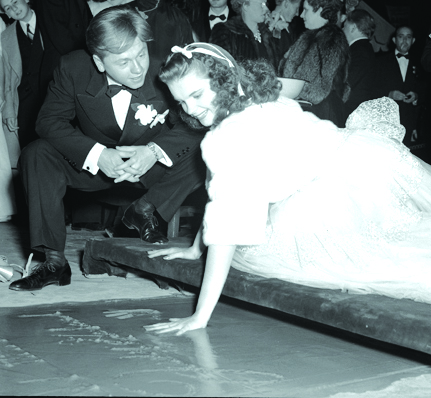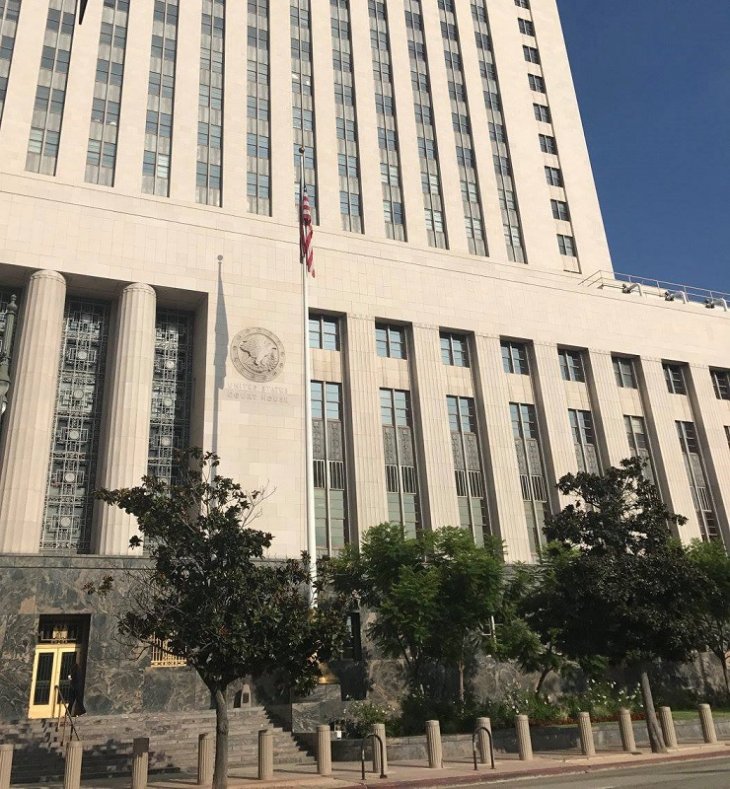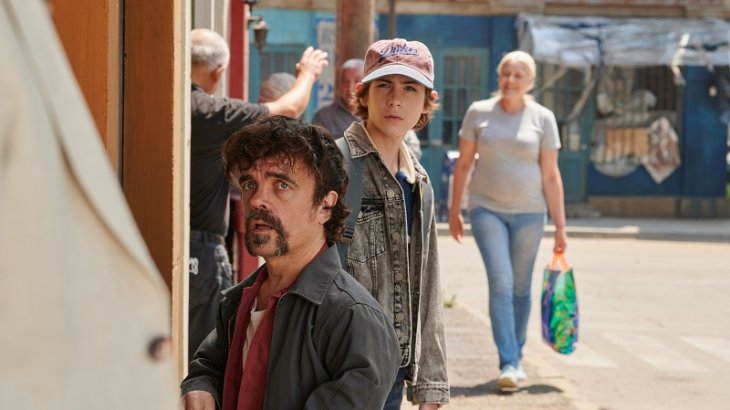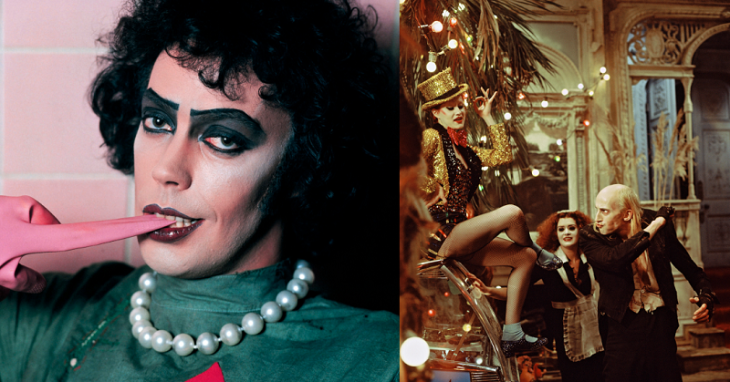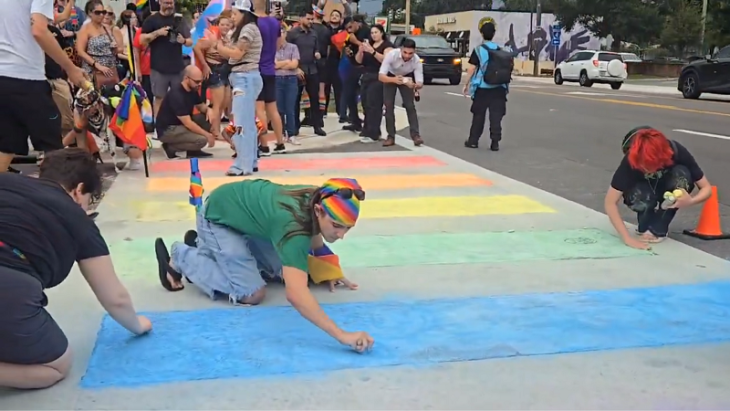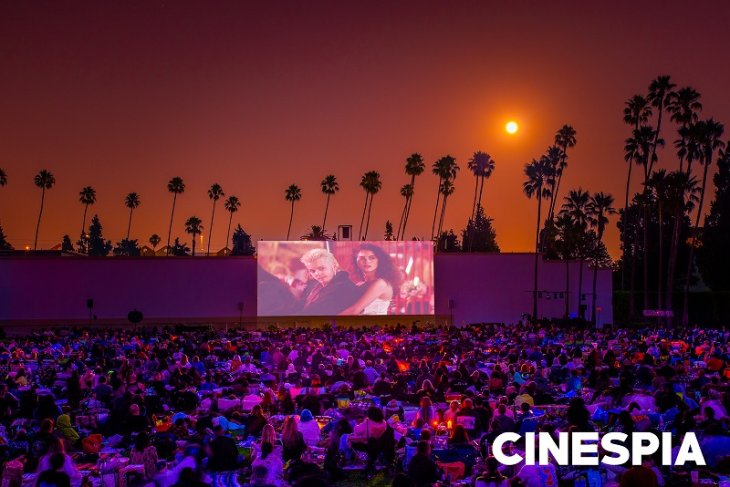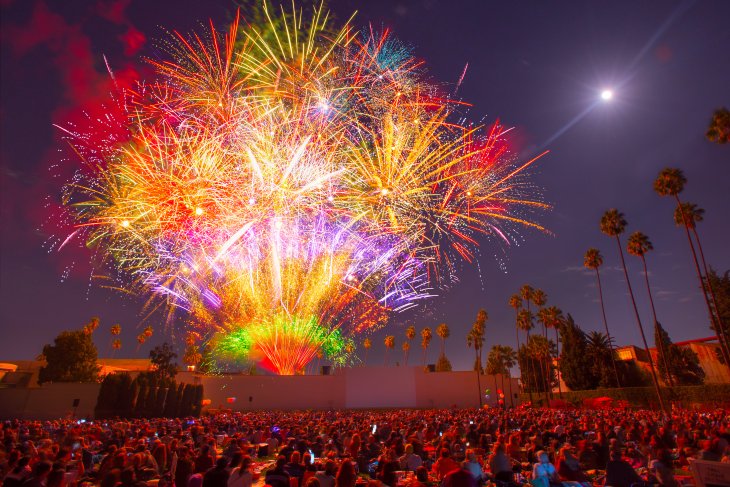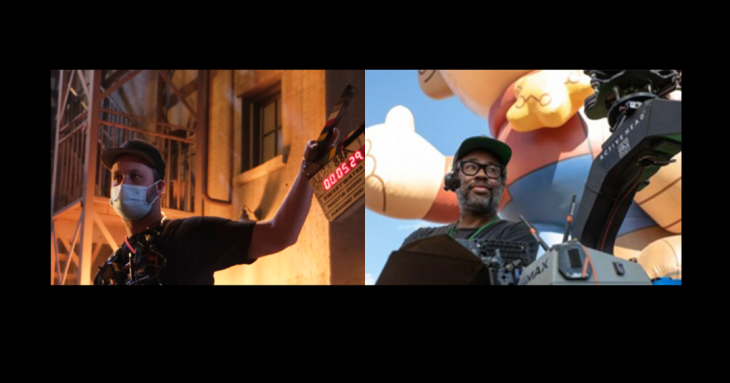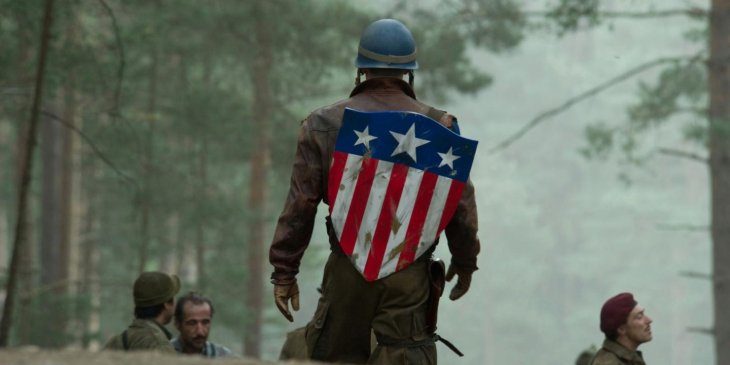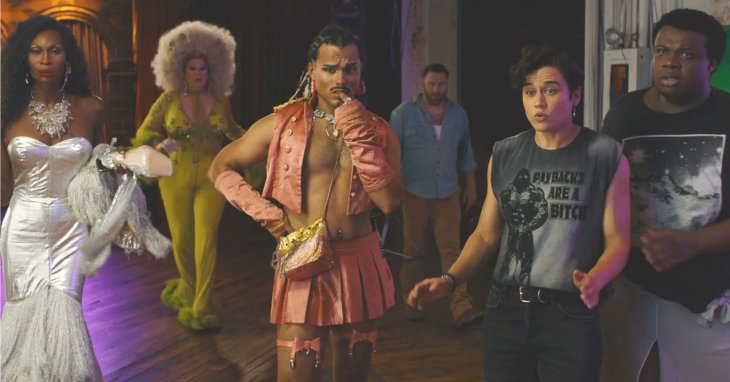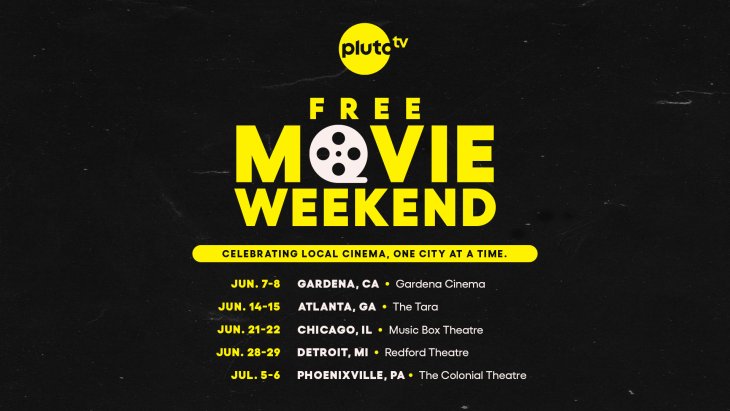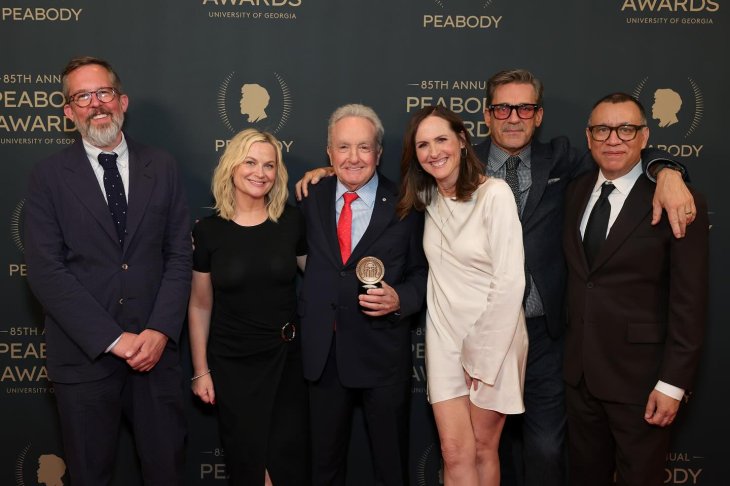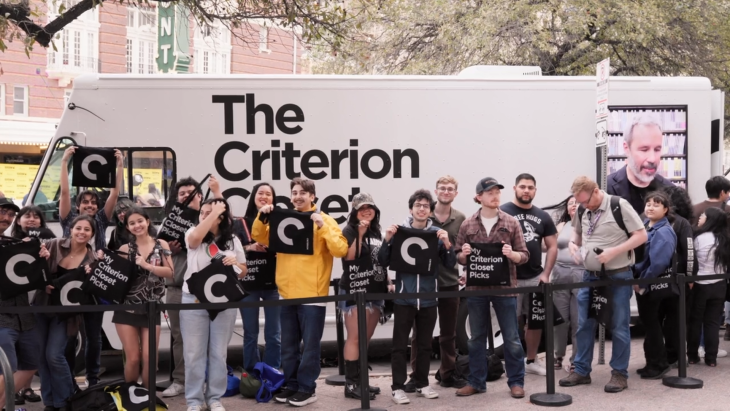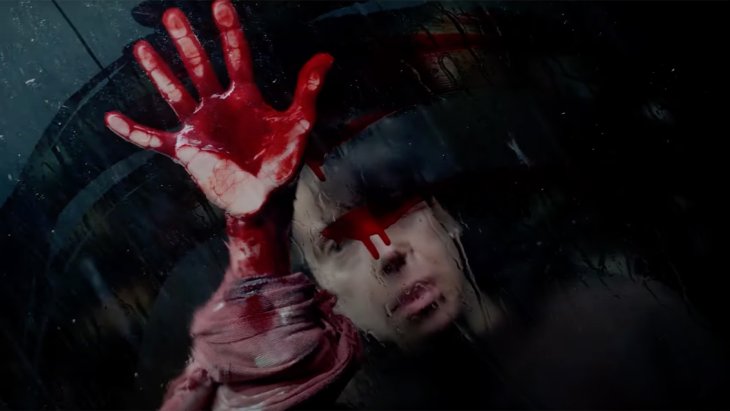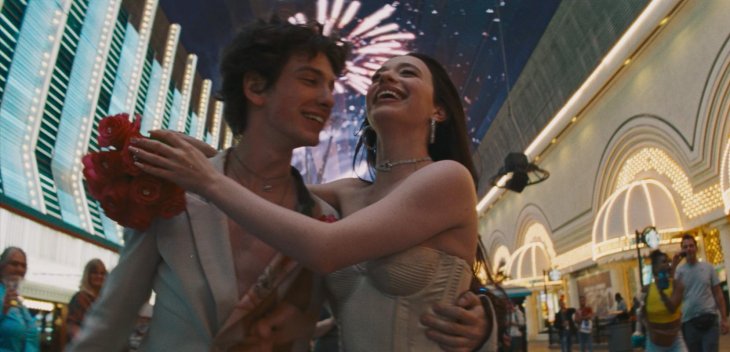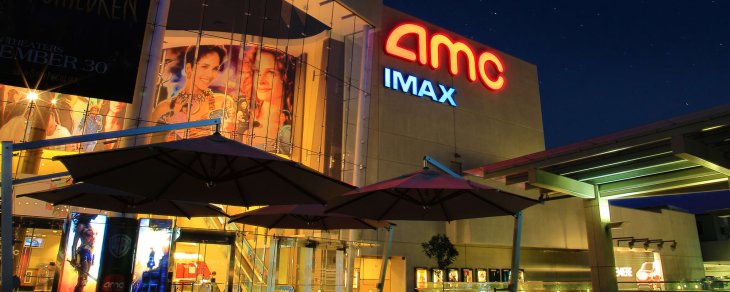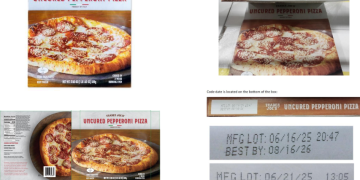How the queer Icon has shaped L.A.
There’s no doubt about it: 2019 is the year of Judy Garland. In L.A. terms, anyway. Not only did this year gift us Rupert Goold’s “Judy” featuring a star turn by Renee Zellwegger, we were also made privvy to some of Sid Luft’s (aka the third Mr. Garland’s) archives, exposing us to a whole new world of vintage Judy. It’s no secret that the longtime queer icon, forced into a barbituate habit at the tender age of thirteen by the MGM studio system, has always been beloved in Los Angeles. Hell, she was one of the Dream Factory’s most enduring symbols. But she was something more than a product of Hollywood’s golden age.
For decades, Garland made her mark on the world by standing apart from the rest. She wasn’t forced into traditional roles because she wasn’t traditional in any sense. Her beauty was different, and so was her vulnerability. When she sang songs like “The Boy Next Door” or “In Between,” gays heard what she was saying. Behind the lyrics, Garland was singing a song of pain to all the outsiders who weren’t able to see themselves in mainstream Hollywood stories. Though the rumor that Garland’s London funeral sparked the Stonewall Riots has been long since squashed, there’s an emotional truth to the story. For so long, Garland felt like the only gay representation there was. And not just in Hollywood, but all of America.
Though her relationship with L.A., with Hollywood, and with the star system itself was complex, she owed a lot to the town that defied her. She and the family act moved from Michigan to California when Garland was only four years old. Her ashes were moved from Westchester to L.A. only a few years ago to be closer to the family plot in Hollywood. She and her mother even owned a flower shop on Miracle Mile at one point. Garland’s legacy can be found all in bits and pieces all over Southern California, from the Walk of Fame star on Vine to the handprints at Grauman’s to the palladium at Hollywood Forever cemetery. When it comes to her status as queer icon, it’s impossible to overrate her influence. As someone who embodied a kind of ecstatic relationship to suffering, Judy was an instant attraction for gay audiences even before the word “gay” was mainstream.

“Homosexuals tend to identify with suffering,” wrote “Princess Bride” author William Goldman after seeing Garland’s famous concert at the Palace, “they are a persecuted group and they understand suffering. And so does Garland. She’s been through the fire and lived – all the drinking and divorcing, all the pills and all the men, all the poundage come and gone – brothers and sisters, she knows.”
Singer Rufus Wainwright has made no secret of his fondness for the queer icon.
“My theory about ‘Judy and the Gays,’” he told Vanity Fair in 2011, “is that what made her attractive was not her beauty. She had this magnetism, but it had nothing to do with statuesque features. It was just about this really unusual personality.”
That unusual personality is finally getting its due in the modern age, as the legacy of “Judy and the Gays” continues.

